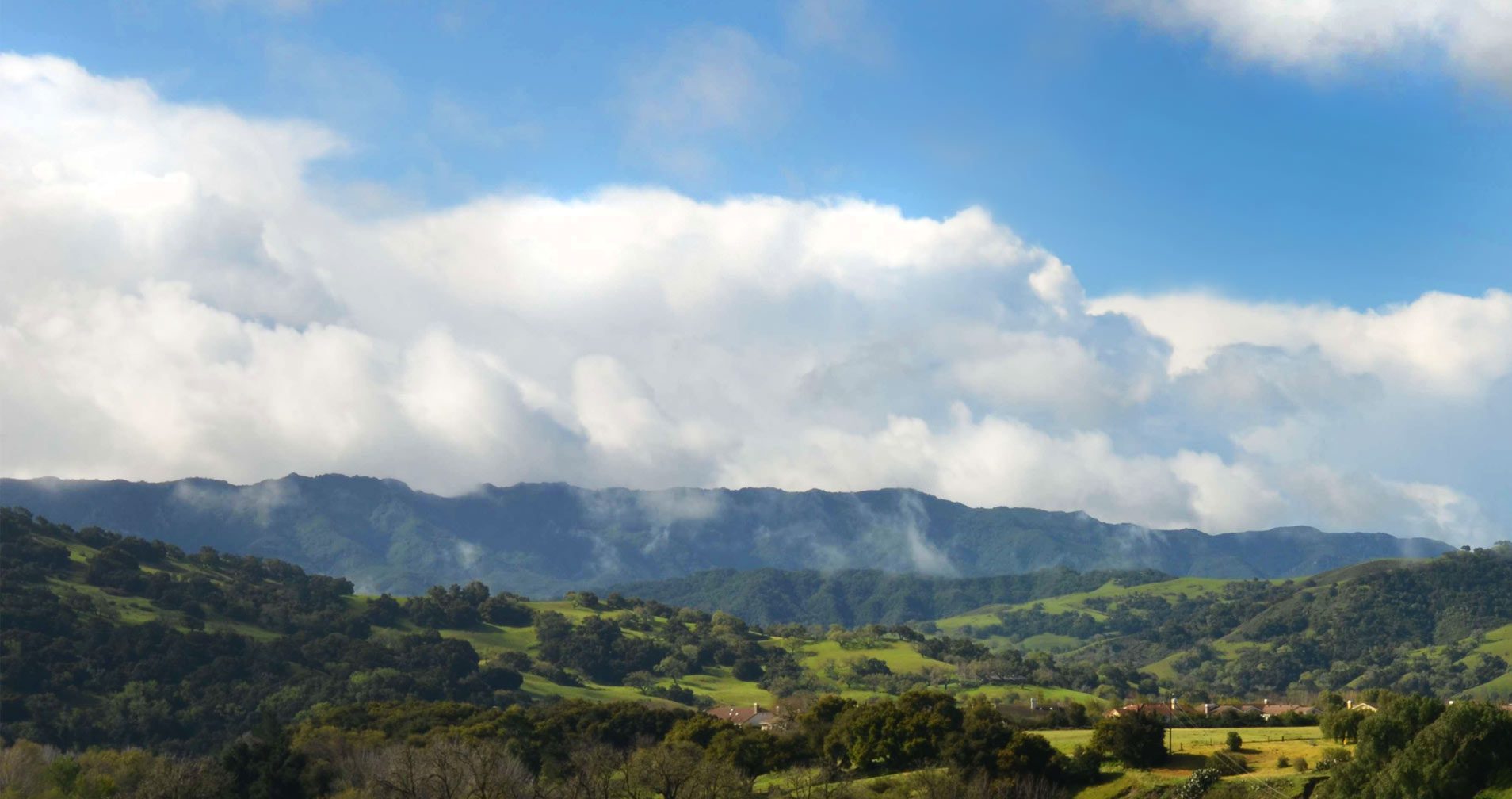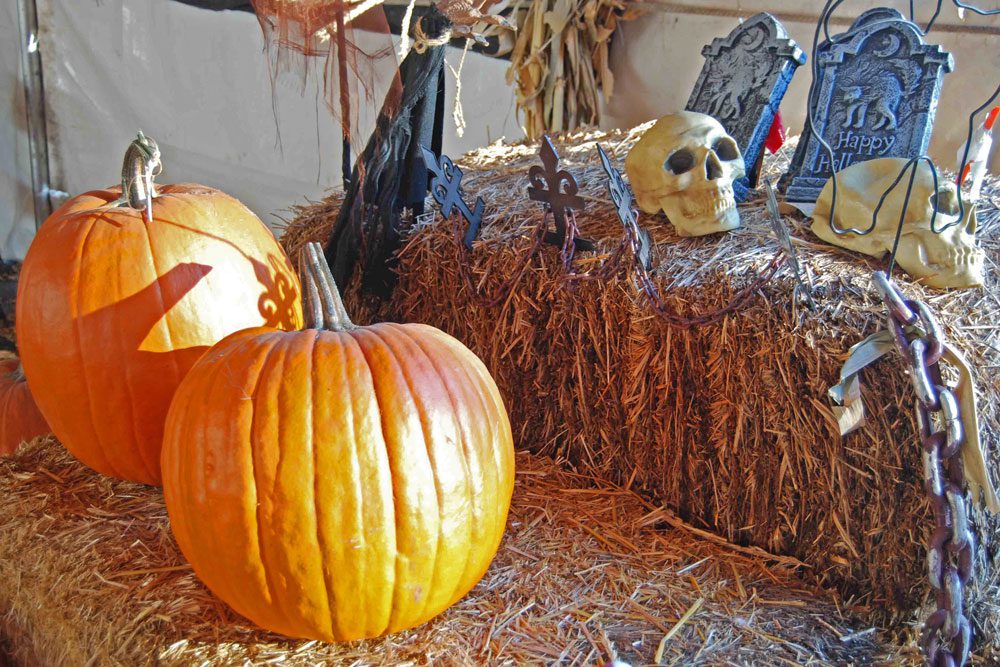By John Copeland
Contributing Writer
Here in America this month, we will be celebrating Thanksgiving, a time when we gather with family, friends and loved ones to celebrate and give thanks. We will also share a moment with our distant ancestors. Throughout human history, every culture has celebrated harvest; ancient Greeks, Romans, Hebrews, Persians, Chinese, Egyptians, Celts and Native Americans, among others, all held harvest and celebrations of thanksgiving. Our contemporary Thanksgiving is related in spirit to every one of those ancient festivals. But how did Thanksgiving come to be celebrated on the fourth Thursday of November? Therein lies quite a tale.
Several historical events vie for the title of the “First American Thanksgiving.” Although they remain topics of contention, these occasions all share one thing in common: They all celebrated survival in a strange new land.
The traditional “first Thanksgiving” most of us are familiar with is the one held at Plymouth Plantation in 1621. After barely surviving their first year in America, thanks to the help of local Indians, the Plymouth colonists’ first harvest was a good and ample and there was reason to celebrate. The surviving original 50 colonists and 91 Indians celebrated the harvest together in October 1621. In the decades following, nearly every American colony observed its own days of thanksgiving. Most of us 21st-century Americans would probably not recognize those thanksgivings. Rather than festive gatherings with an overabundance of food, these early thanksgivings were solemn days of prayer and fasting.
During the American Revolution, the Continental Congress issued a First National Proclamation of Thanksgiving in 1777 to celebrate the colonists’ victory over the British at Saratoga. Then, as president in 1789, George Washington proclaimed a day of thanksgiving partly to honor ratification of the United States Constitution. These thanksgivings were patriotic in nature, quite different from a harvest festival.
Then, along came Sarah Josepha Hale, a truly fascinating woman. Widowed and penniless at 34 and with five small children to provide for, Sarah turned to writing to support her family. She co-published a book of poetry, wrote a successful novel and went on to publish more than 50 works, including one of the best-known nursery rhymes, “Mary Had A Little Lamb.” Based on her success, she was hired as editor of American Ladies Magazine, the first women’s magazine in America. She eventually became the editor of Godey’s Lady’s Book, which under her guidance became the most widely read magazine of the 19th century and Hale was considered one of America’s most influential voices. However, arguably her biggest legacy is in the establishment of Thanksgiving as a national holiday.
Hale campaigned for more than 20 years to establish a Thanksgiving Day as a national holiday in the United States. Over the years, she petitioned every sitting president, all of whom ignored her entreaties, until President Lincoln in the fall of 1863.
The balance of the Civil War had shifted due to the Union’s victories at Gettysburg and Vicksburg and Lincoln’s Emancipation Proclamation. On Oct. 3, 1863, Lincoln called on Americans to “set apart and observe the last Thursday of November as a day of thanksgiving.”
There is no official evidence that Hale’s letter caused Lincoln to make this declaration, though it’s hard to believe it didn’t play a role in the establishment of a national holiday. And she wasn’t yet done with Thanksgiving.
Hale changed the way elementary school children learned about the meeting between the English colonists and the Wampanoag Indians. Prior to her great campaign for the holiday, the romanticized story of the first Thanksgiving as told today was unknown. In 1865, when Hale described in Godey’s the first Thanksgiving as a celebratory feast between the “pilgrims” and the Native Americans, the story spread like wildfire. It was reproduced in numerous other magazines and newspapers. It only took five years for the story of Thanksgiving to be taught in schools and included in textbooks. Over the next few decades, the story served as the perfect way to teach newly arriving immigrants about America’s history. Although not historically accurate, the story has stuck with us over the years.
In 1939, President Franklin D. Roosevelt declared that Thanksgiving would be celebrated on the fourth Thursday of November rather than the last Thursday. The United States was still in the midst of the Great Depression and Roosevelt thought that giving merchants longer to sell goods before Christmas would help the country recover.
Thanksgiving dinner takes center stage in our contemporary celebration of Thanksgiving. Historians are not completely certain about the menu of the feast, but it’s safe to say the pilgrims and Indians weren’t gobbling up pumpkin pie or playing with their mashed potatoes. We do know that the Plymouth colonists didn’t use forks; they ate with spoons, knives and their fingers. They wiped their hands on large cloth napkins, which they also used to pick up hot morsels of food.
Today our American Thanksgiving tradition contrasts the holiday with the meal held in 1621 by the Wampanoag and the Plymouth colonists. But, it took the trauma of the Civil War to make Thanksgiving a formal, annual holiday, set aside to observe the many blessings our land and nation have provided us.







